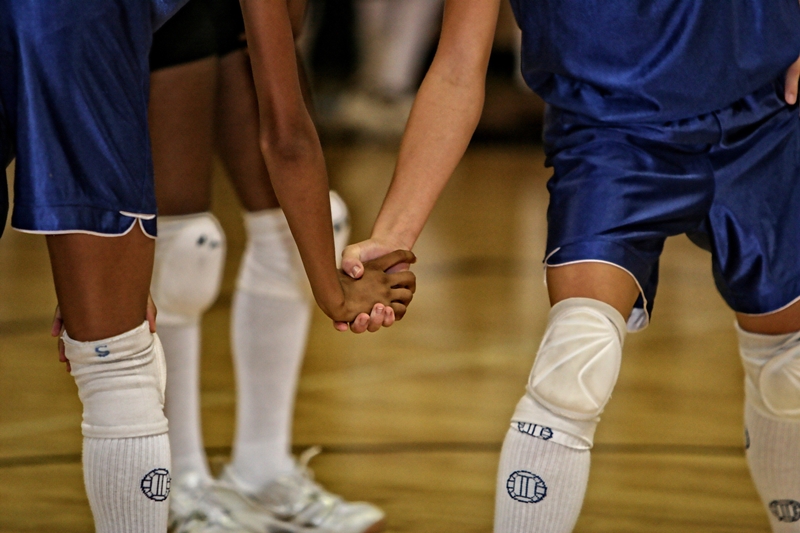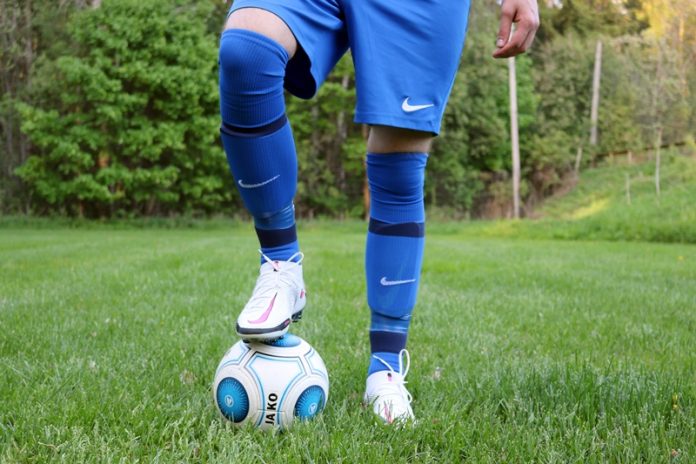Many athletes use compression socks to reduce soreness and increase their endurance. Others believe that they help with shin splints and other ailments.
These socks boost blood flow and improve the velocity of deoxygenated blood back to the heart, which helps flush lactic acid and other waste products from muscles. This speeds up recovery time so you can return to training faster.
Reduces Soreness
The pressure that compression socks apply to the legs stimulates blood flow. That helps to prevent blood pooling around the feet and lower leg muscles and keeps them energized so you can keep up your pace without feeling sore afterward.
When you exercise, your body produces a waste product called lactic acid. The longer that lactic acid hangs out in your muscles, the sorrier you’ll feel. Studies show that wearing compression socks can help your muscles get rid of the lactic acid more quickly, so you’ll be less sore after workouts and ready to train again sooner.
High compression socks for runners come in various lengths, from just above the ankle to your knee. Some feature graduated compression, meaning they’re tightest at the ankle and gradually loosen as they go up your leg. Others are super strong and start at the foot (often called a sleeve) and compress the whole leg’s veins, muscles, and arteries.
If you try compression socks for athletes, ensure they fit well. If they’re too big, they can cut off the circulation in your legs; if they’re too small, they won’t give you the right level of support. It’s also important to roll them on inside out up to the ankle, slip your feet in, and then slowly roll them up your leg, smoothing out the fabric as you do so. If you’re having trouble, use rubber kitchen gloves to help grip the stockings and avoid snags.

Increases Endurance
In addition to reducing swelling, compression socks boost blood flow and help your body get more oxygen to your muscles. This boost in circulation can increase your endurance and speed up recovery.
You’ve probably seen athletes wear compression socks while playing sports like basketball or soccer and during marathons and ultramarathons. They’re also popular with those who spend much time on their feet, such as nurses, teachers, pharmacists, and warehouse workers.
When you’re on your feet all day, your lower legs and ankles can swell, leading to discomfort. Compression socks help reduce this swelling and prevent you from feeling sore after a long workout or race.
Studies have shown that wearing compression socks during and after athletic events can improve your performance and speed up recovery. For example, a 2016 study published in the Journal of Spinal Cord Medicine tracked the performance of ten wheelchair rugby athletes with cervical spinal cord injuries. The researchers gave the participants a series of laps and sprints while wearing medical-grade compression stockings and without them. They found that the players in the compression stockings had a faster lap time and improved upper leg blood flow post-exercise.
All compression socks use true graduated compression with the tightest pressure at the ankle, getting looser the higher up the leg they go. This allows your body to battle gravity and direct blood toward your heart, delivering more oxygen and nutrients to tired muscles.
Increases Blood Flow
The compression created by these socks helps your legs battle the effects of gravity to push blood back up to your heart. As a result, your muscles get their oxygen supply more quickly, and you can continue working out for longer. This increased flow also helps reduce lactic acid buildup, which makes it easier to recover from intense exercise.
These benefits make high-compression socks ideal for athletes training or playing a game. They are especially helpful for long-distance runners, who put a lot of strain on their calf muscles. This is because they help delay the onset of soreness and allow them to keep going at their desired pace.
However, choosing the right size socks for your leg is important. Too tight can cut off your circulation and reduce the socks’ impact. This is why it’s best to look for a pair with graduated compression, which is tight around the ankle and gradually releases pressure up towards the knee.
The higher the number on the compression level, the stronger the compression. While you may want to opt for a low level (15-20 mmHg) for your regular workouts, many athletes are comfortable with medical grade levels of up to 35 mmHg. However, we recommend you talk to your doctor before trying a medical-grade sock.
Prevents Deep Vein Thrombosis
Keeping blood flowing freely is important for your health and athletic performance. If you have certain health conditions, your doctor may recommend wearing compression socks or stockings to help your blood circulate. For example, if you have varicose veins, the valves in your legs don’t work properly, making it harder for your blood to recirculate. This can cause blood clots that need to be treated right away. You might also need to wear them if you have a condition that causes a blood clot in your leg to break loose and move to your lungs, called deep vein thrombosis (DVT).
These tight socks gently squeeze your calf muscles and veins with graduated pressure that gets stronger and higher up the hose. This helps push blood out of your legs faster, preventing pooling that can lead to DVT. Studies have found that wearing compression socks greatly reduces your risk for DVT and other circulation problems.
In addition to athletes, people who spend long periods sitting or standing, travelers on flights and pregnant women can benefit from wearing these socks. They can help prevent DVT, improve exercise recovery and lower the odds of severe swelling in your feet and ankles. To choose the best pair for your needs, consider the measurements of your thigh, calf and ankle and consult the manufacturer’s sizing charts.







